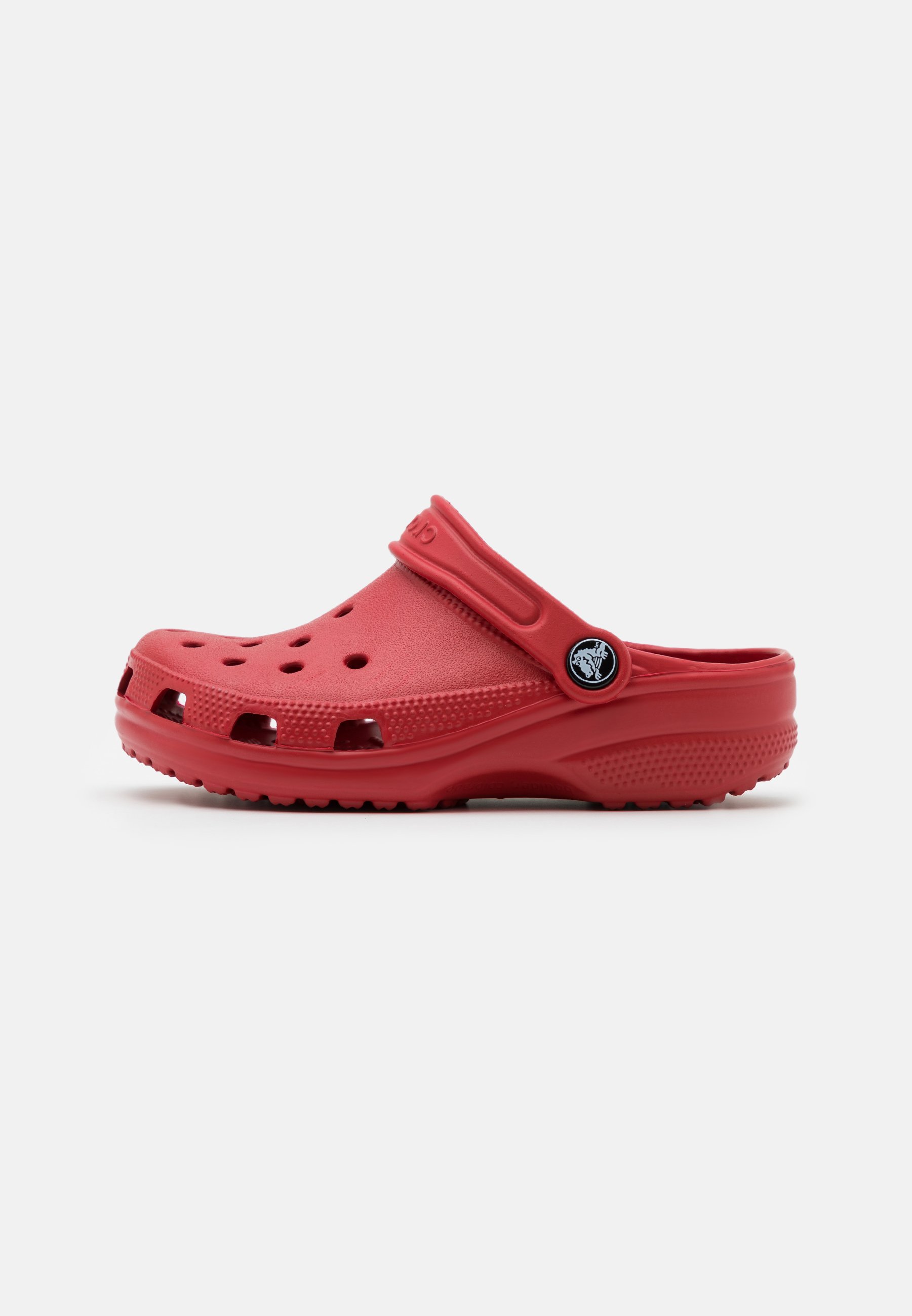Si pronuncia la corte di appello svedese IP sulla registrabilità del marchio di forma costituito dalla forma dei sandali Crocs:

(immagine presa da internet, in zalando.it)
Il sempre difficile tema dei marchi di forma è esaminato dal Patent and Market Court of Appeal (Patent- och marknadso ̈verdomstolen), decision of 2 December 2020 – PMT 7014-19: ne dà notizia GRUR International, in corso di pubblicazione , offrendo traduzione inglese e breve nota di B. Marusic.
Qui segnalo che:
1) le caratteristiche essenziali trovate in primo grado sono cinque: <<The parties in the case are of the opinion that the essential features of the mark are the heel strap, the flat rivets, the wide and round toe part, and that there are holes onthe top and on both sides.>>.
2) la corte di appello le riduce a due, anzi tre: <<According to the Patent and Market Court of Appeal, the essential features of the trade mark thus consist partly of the heel strap and partly of the holes on the top and on the sides>> (stringa di chiusura e fori superiori/laterali)
3) circa i fori, l’aspetto pià interessante, essi non sono dettati dalla esigenza funzionale di favorire la ventilazione e lo scorrimento dell’acqua, osserva la Corte: infatti avrebbero potuto essere collocati o disegnati diversamente o altrove, senza pregiudicare la esigenza funzionale: <<The assessment of whether the mark consists only of a shape which results from the nature of the good will thus be made with regard to the holes on the shoe and the heel strap. Like the Patent and Market Court, the Patent and Market Court of Appeal assesses that the heel strap only has a generic function of holding the shoe in place. Regarding the holes on the shoe as an essential feature, in this context they must be understood as holes with the number, size and detailed design as well as the location that appears from the trade mark registration. The evidentiary procedure in the case shows that the holes have the function of increasing ventilation. The holes on the sides have been designed and placed in such a way that water, for example, should be able to flow out easily. The fact that an item of footwear of the current type has good ventilation and enables water to drain out must certainly be assumed to be considered as properties that a consumer demands from competitors’ goods. However, this can be accomplished in several different ways. It is possible to vary the design – for example in terms of the number of holes, their size, shape and location – to achieve the same functions as in the holes in the Crocs shoe. The scope for variations in the design is thus almost infinite. The conclusion of the Patent and Market Court of Appeal is therefore that the trade mark cannot be considered to consist only of a shape that results from the nature of the goods>>.
Questione spinosa: da un lato, il margine d manovra per i concorrenti è limitato, non avendo altri spazi in cui inserire i fori; dall’altro, anche la diversa realizzabilità dei fori non toglie che il loro inserimento sia dovuto solo a motivi funzinali o comunque abbia di fatto scarsa arbitrarietà e dunque distintività.
